Rooftop solar has boomed in Australia with 4 million homes and small businesses already hosting solar panels but the building integrated PV (BIPV) market remains largely untapped.
Rebecca Yang, director of the Solar Energy Application Laboratory at RMIT University in Melbourne, said BIPV – which integrates PV into building elements such as cladding, roof tiles and windows – offers great potential as a local energy source but its contribution to Australia’s total PV generation is very limited.
“There are a few medium-scale commercial projects being progressed and there are other small projects going on across Australia, but its adoption has been comparatively slow,” she said.
Yang, who will speak at the three-day Asia-Pacific Solar Research Conference that got underway in Sydney today, attributed this lag to concerns about performance and safety, and engineering issues relating to design, installation, and maintenance.
Yang also highlighted a lack of understanding from the building industry about the value proposition of BIPV.
“The building industry just doesn’t really have a comprehensive understanding about the value of these products,” she said. “The value is not only about the kilowatts per square metre. We are also talking about the value in terms of replacing the building material, and its impact to the indoor environment.”
Yang also highlighted the energy generation pattern that BIPV products support, saying they enable developers to better match supply and demand patterns for individual settings and help overcome the solar duck curve – when excess power generated by rooftop solar significantly exceeds the underlying load demand.
“It’s very different from the conventional PV because it’s more customised with different kinds of options,” she said.
“The orientation of the BIPV panels on building facades is very different from rooftop installations,” she said. “If you approach BIPV panels wisely, for example installing façade materials on the east and west side of a building, you will potentially get good outcomes in the morning and evening, allowing you to match energy generation with peak demand periods.”
Despite the comparatively slow uptake of the technology, Yang remains positive about the prospects of BIPV, tipping a boom in coming years.
“I definitely think that in the next five years we will see a boom,” she said. “There is more and more interest from the building sector not only in Australia, but also in North America as well.”
“The US government put a lot of support into that area, and in Europe, and there is already a lot of support in China.”
Yang said it is now it’s up to the Australian government to provide support “not only for building integrated, but also for infrastructure-integrated PV such as noise barriers.”
“There are great opportunities,” she said. “We just need that support to help the industry understand and unlock the value that BIPV provides.”
This content is protected by copyright and may not be reused. If you want to cooperate with us and would like to reuse some of our content, please contact: editors@pv-magazine.com.
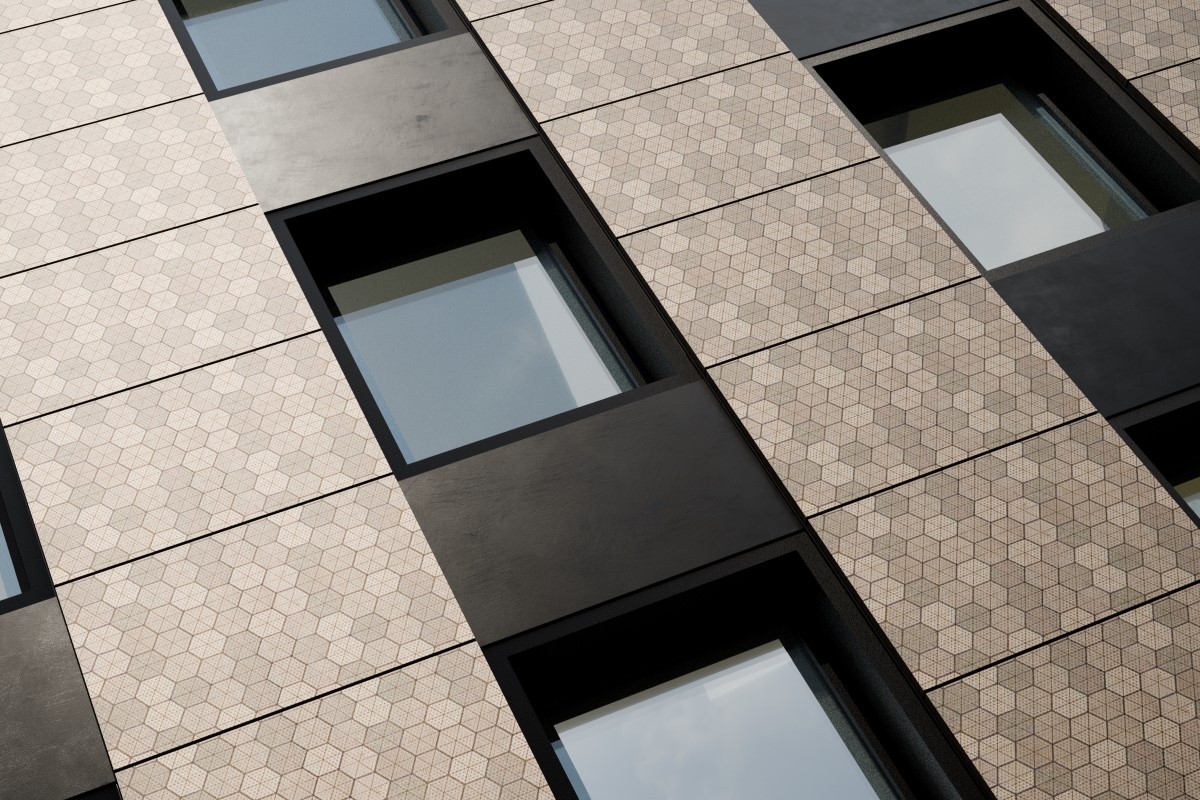
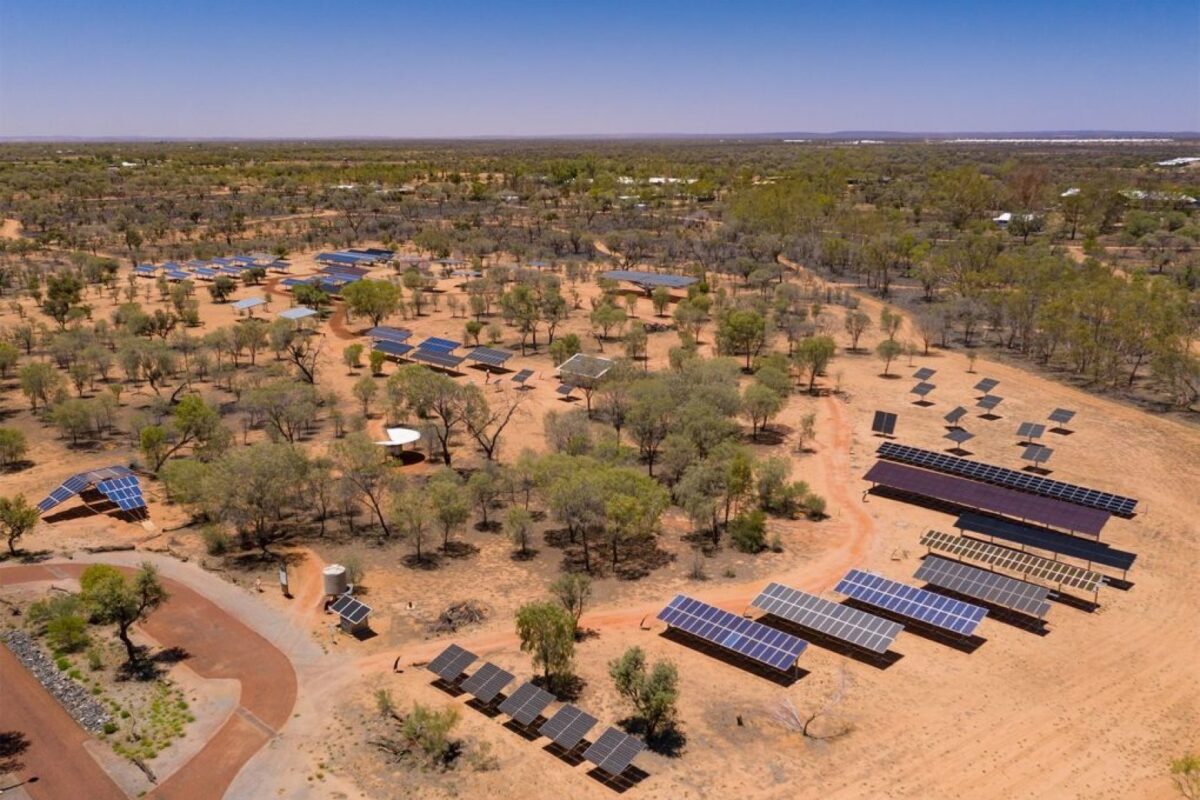


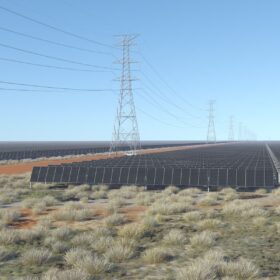
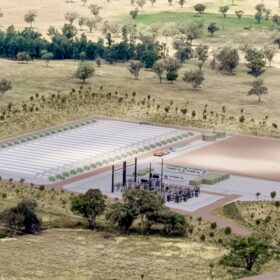
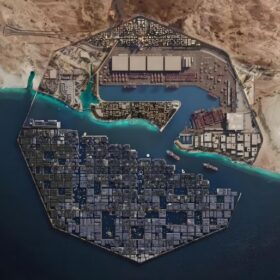
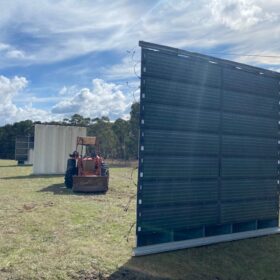
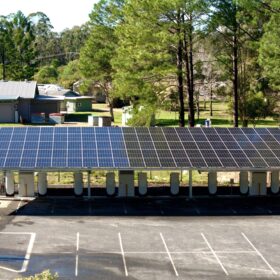
1 comment
By submitting this form you agree to pv magazine using your data for the purposes of publishing your comment.
Your personal data will only be disclosed or otherwise transmitted to third parties for the purposes of spam filtering or if this is necessary for technical maintenance of the website. Any other transfer to third parties will not take place unless this is justified on the basis of applicable data protection regulations or if pv magazine is legally obliged to do so.
You may revoke this consent at any time with effect for the future, in which case your personal data will be deleted immediately. Otherwise, your data will be deleted if pv magazine has processed your request or the purpose of data storage is fulfilled.
Further information on data privacy can be found in our Data Protection Policy.